Uncategorized
-
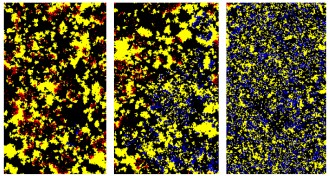 Life
LifeAging: Nature’s way of reducing competition for resources
Aging may have developed in many species as a genetic mechanism to conserve future resources. If the controversial proposal is true, then scientists may be able to greatly extend life span by deactivating the machinery for aging embedded in our DNA.
By Andrew Grant -
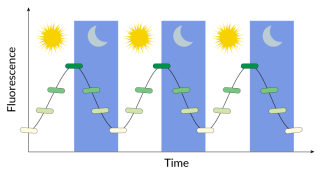 Genetics
GeneticsA circadian clock transplant gives E. coli rhythm
Clockworks from algae built into E. coli may hold future jet lag treatment.
-
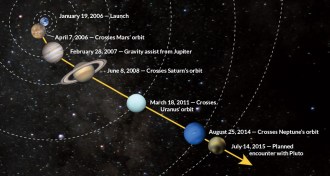 Planetary Science
Planetary ScienceRendezvous with Pluto
Earth will get its first good look at Pluto and its five known moons when New Horizons sails past on July 14.
-
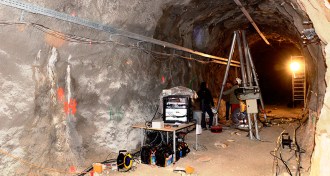 Earth
EarthFluid injection triggers earthquakes indirectly, study finds
An up-close look at artificially triggered quakes suggests that tremors start slow and smooth.
-
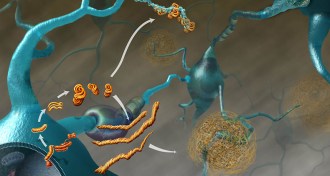 Life
LifeA protein variant can provide protection from deadly brain-wasting
If cannibalism hadn’t stopped, a protective protein may have ended kuru anyway.
-
 Science & Society
Science & SocietyTech in the classroom foreseen 50 years ago
Fifty years ago, scientists were looking forward to technology in the classroom.
-
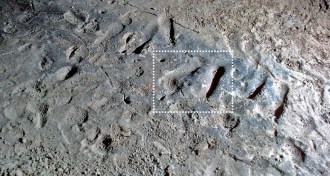 Anthropology
AnthropologyModern-day trackers reinterpret Stone Age cave footprints
African trackers help researchers interpret ancient human footprints in French caves.
By Bruce Bower -
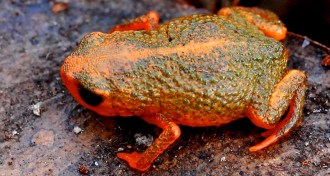 Animals
AnimalsNewly discovered tiny frogs live on islands in the sky
Scientists find seven new species of frogs in southern Brazil, and more could be waiting, they say.
-
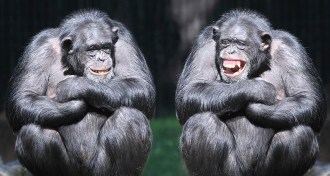 Anthropology
AnthropologyHuman laugh lines traced back to ape ancestors
Chimps make laughing faces that speak to evolution of human ha-ha’s.
By Bruce Bower -
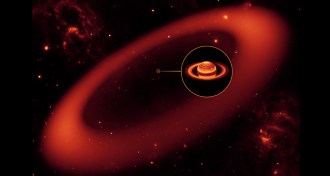 Planetary Science
Planetary ScienceSaturn’s widest ring measured
Saturn has an invisible belt that's nearly 270 times as wide as the giant planet, researchers report.
-
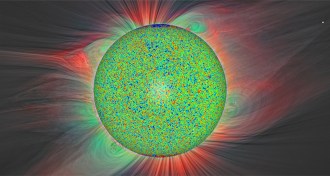 Astronomy
AstronomySome of sun’s magnetic fields may act more like forests
A swaying forest of mangrovelike magnetic fields on the sun could be the answer to why the solar atmosphere is millions of degrees hotter than the surface.
-
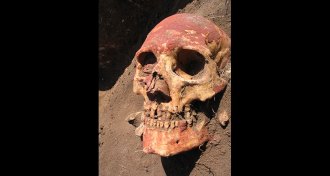 Archaeology
ArchaeologyBronze Age humans racked up travel miles
A new study indicates long journeys and unexpected genetic links in Bronze Age Eurasian cultures.